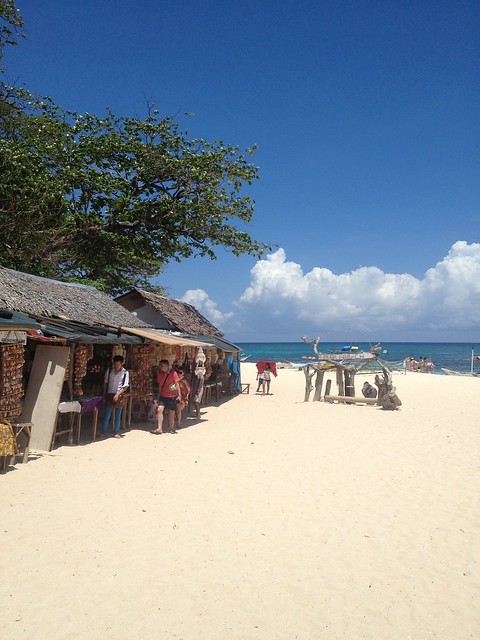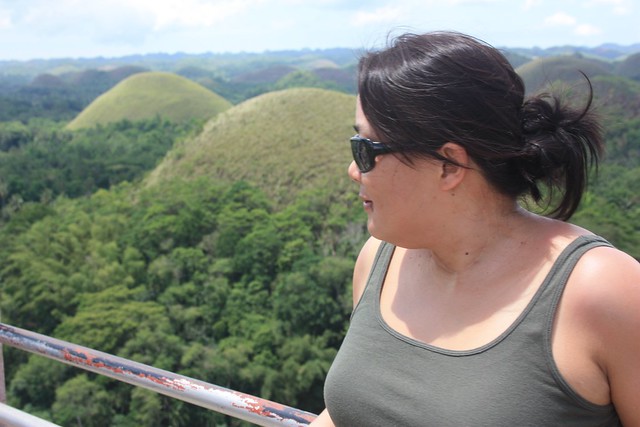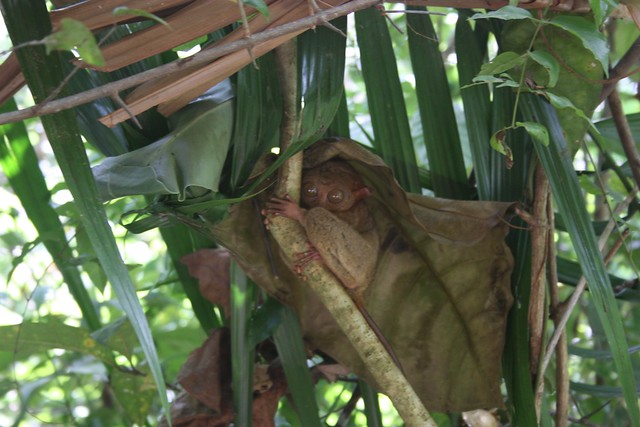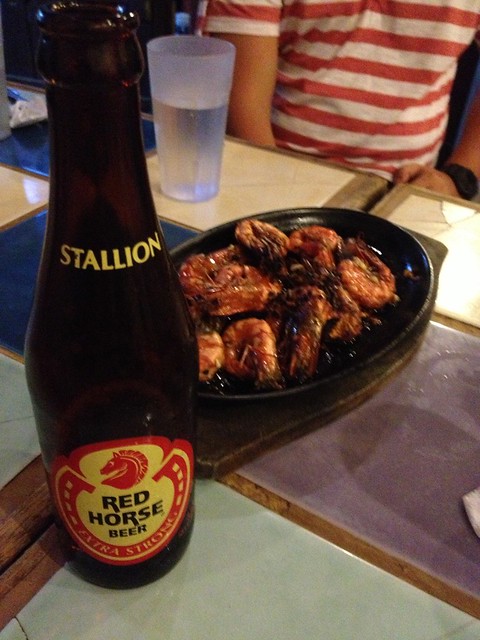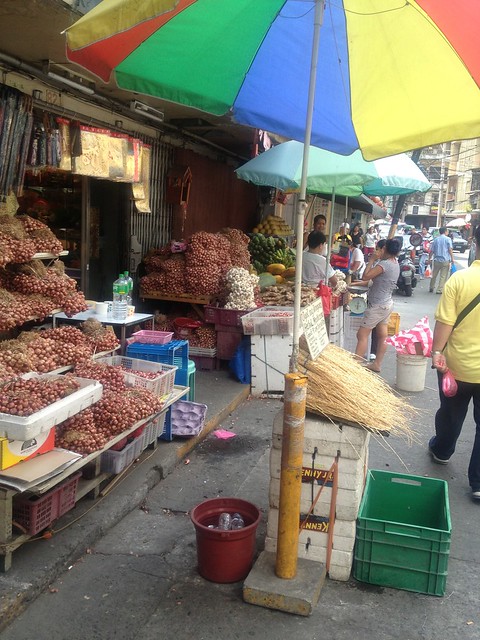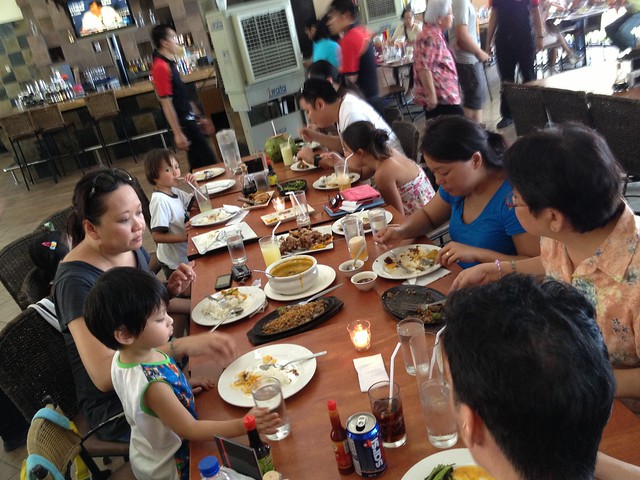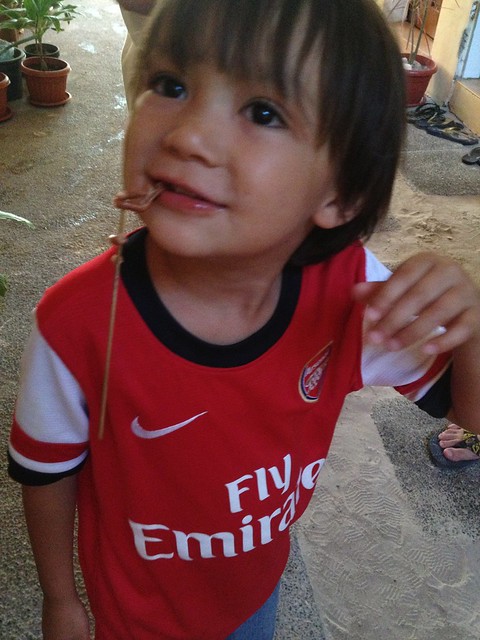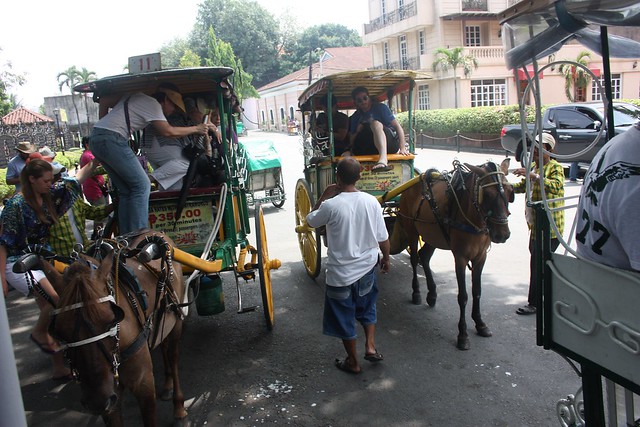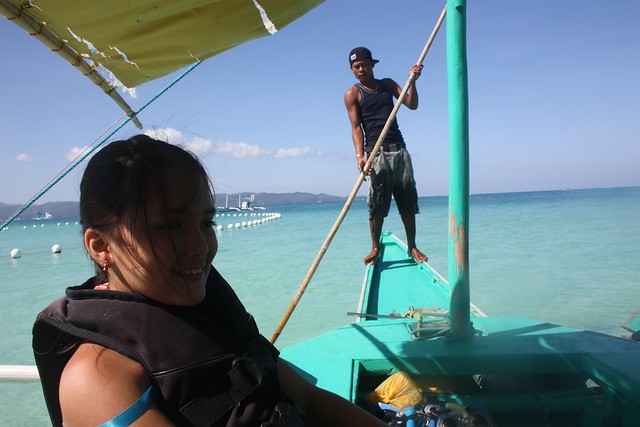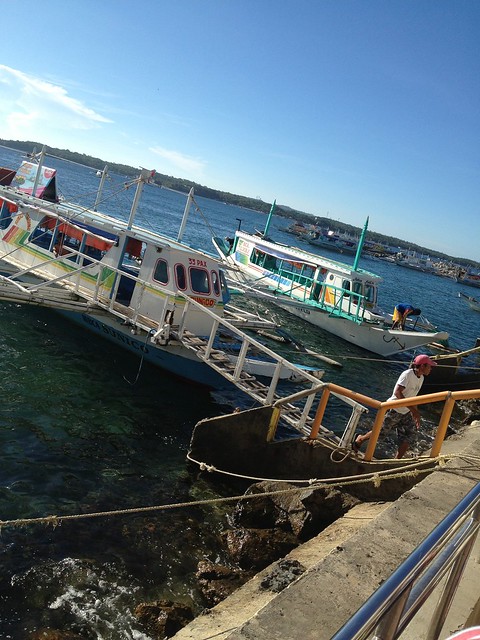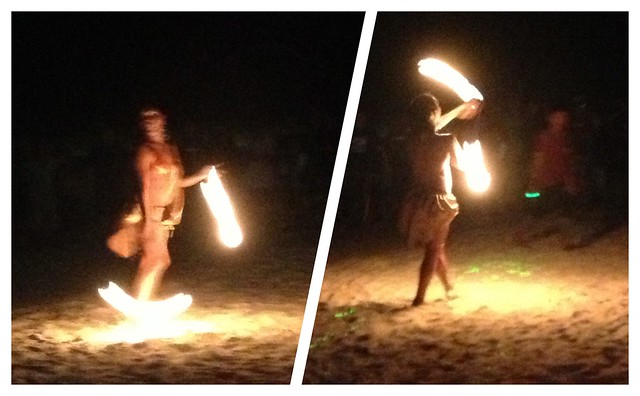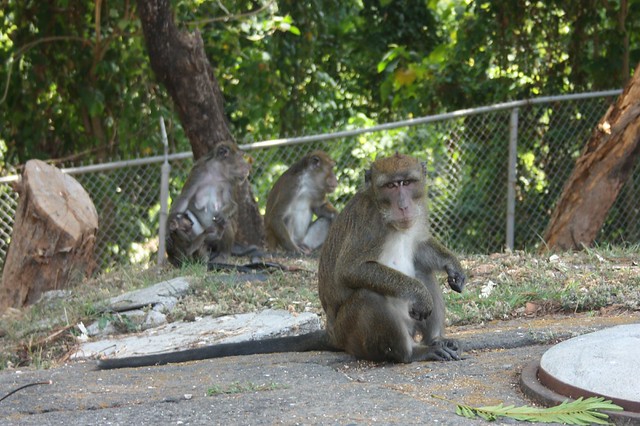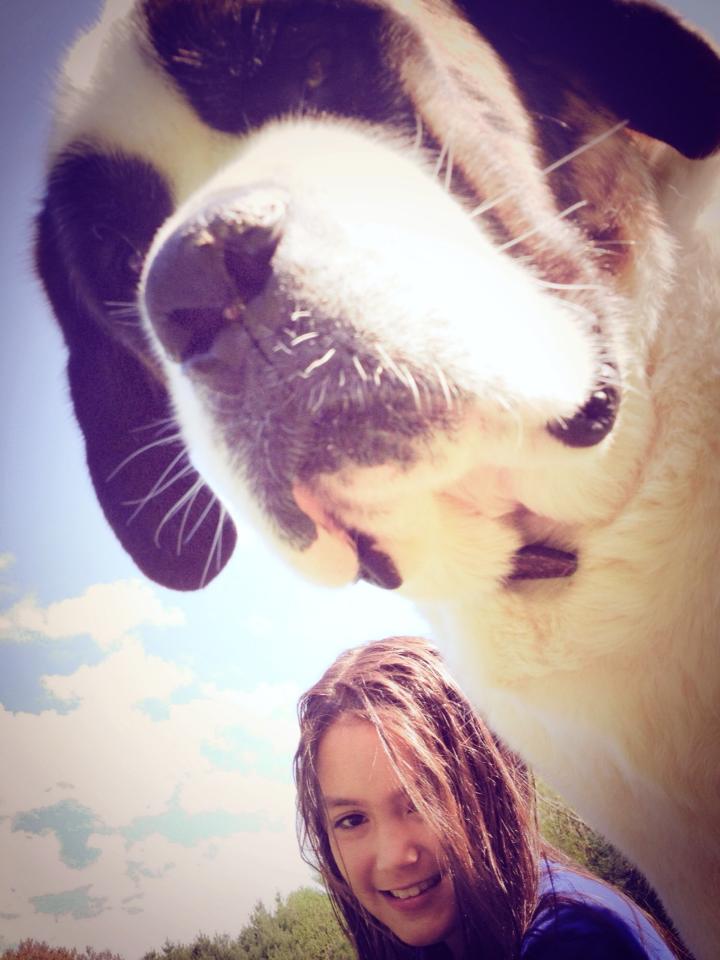Bucket list: see a monkey in the wild - check.
/Last month, we went to the Philippines, for two weeks of sunshine, beaches, extended family and relaxation.
I took a lot of pictures. It was almost intimidating to sort through them all. So I'll let you do that. Click any of the photos to see the expanded set.
There was a lot of beach time. It's a country of islands. Drive a bit in any direction from wherever you are, and you're going to hit a beach.
We took full advantage.
But there are other things to see. We hit four or five islands - Bohol was probably our favorite. It's a mid-sized island someplace in the middle of the country without any major cities on it. It has things like ancient coral hills (the Chocolate hills) and the world's smallest primate to see.
We also hit Cebu (briefly) on our way to Boracay, and then back up to Manila, the local Chinatown, where we ate food being sold by people in small carts.
There was a lot of excellent food eaten on this trip.
But maybe the best thing eaten was the grilled chicken intestine on a stick ('isaw'). By the Boy. Who forced his mother to trade his other options so he could have more.
That many islands required a lot of schlepping around. In various means of transportation.
Ok. I admit. It was mostly boats.
But I know you. You've only been looking at these pictures waiting to see the wild monkeys. That's ok. I'd be the same. But first: drag dancers on a beach throwing fire.
The kids were fascinated by this show. I couldn't drag them off the beach. About a half hour into it, I asked the Critter if she knew that these weren't really ladies, in the makeup, with the bikinis. Her jaw dropped onto the sand.
Ladies, men or something else - the show was definitely worth watching.
OK, ok. Now, monkeys:
I made them stop the van so that I could get out and take that picture. My Bride's cousin came out with me.
I took some pictures of this group of monkeys sitting idly by the roadside. I took a few steps closer and took some more picture. I took a few steps closer again, and brought my camera up. I asked my cousin: "Hey - is this monkey gonna charge if I get too close?" "I don't know, bro. But if he does, I'm tripping you and running back to the van."
Thanks, cuz.
Eventually, we had to head home. It was a fantastic trip and worth repeating.
After all, there are still 7,000 islands we haven't seen.

